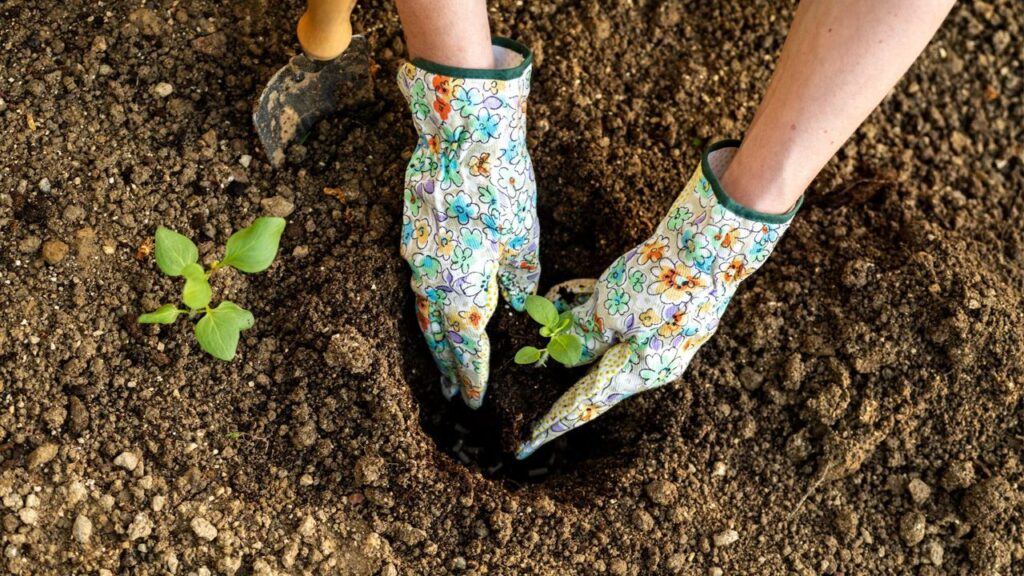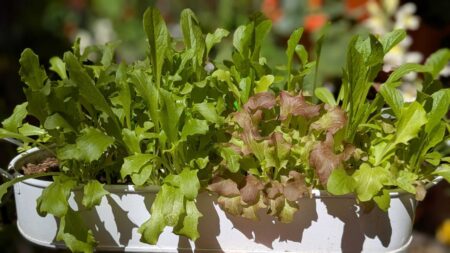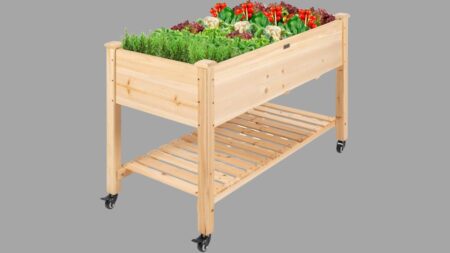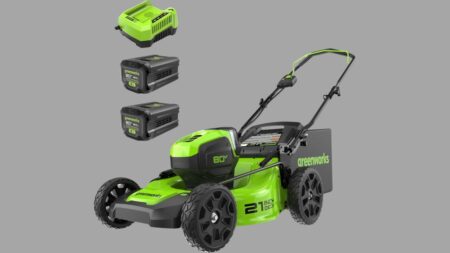Planting in February might sound insane. The cold weather is still here, and we are already discussing planting. You may find this hard to believe, but February is ideal to start your seeds, so you are ready to transfer seedlings into the garden when the soil warms up in the next two months. During the colder period, you can sow a variety of seeds indoors in modular trays and pots and keep them undercover or in a warm spot to speed up germination.
In January, I got myself a grow light for this purpose. I wanted to start my tomatoes, chilies, and eggplants early so that the seedlings are well-nourished with adequately developed roots by April, when I will plant them in grow bags and fabric raised beds and place them in the balcony.
You don’t need fancy trays or tools to start your seeds. I often use household items as seed-starting trays. These include plastic takeout containers, clamshell packaging strawberries come in, and empty and washed shallow food containers. This way, I can repurpose some of the kitchen waste and not spend on expensive seed-starting trays.
In late February and early March, you can start your spring vegetable and flower seeds indoors. When the weather warms up towards April, you can harden the seedlings and plant them in the ground or outdoor planters. This way, you give your crop, such as tomatoes, a better chance at ripening by the end of summer and ensure a longer producing season. Before you get the seeds and begin sowing, look up your last estimated frost date. This will help you plan when to sow the seeds and when to get them out of the house.
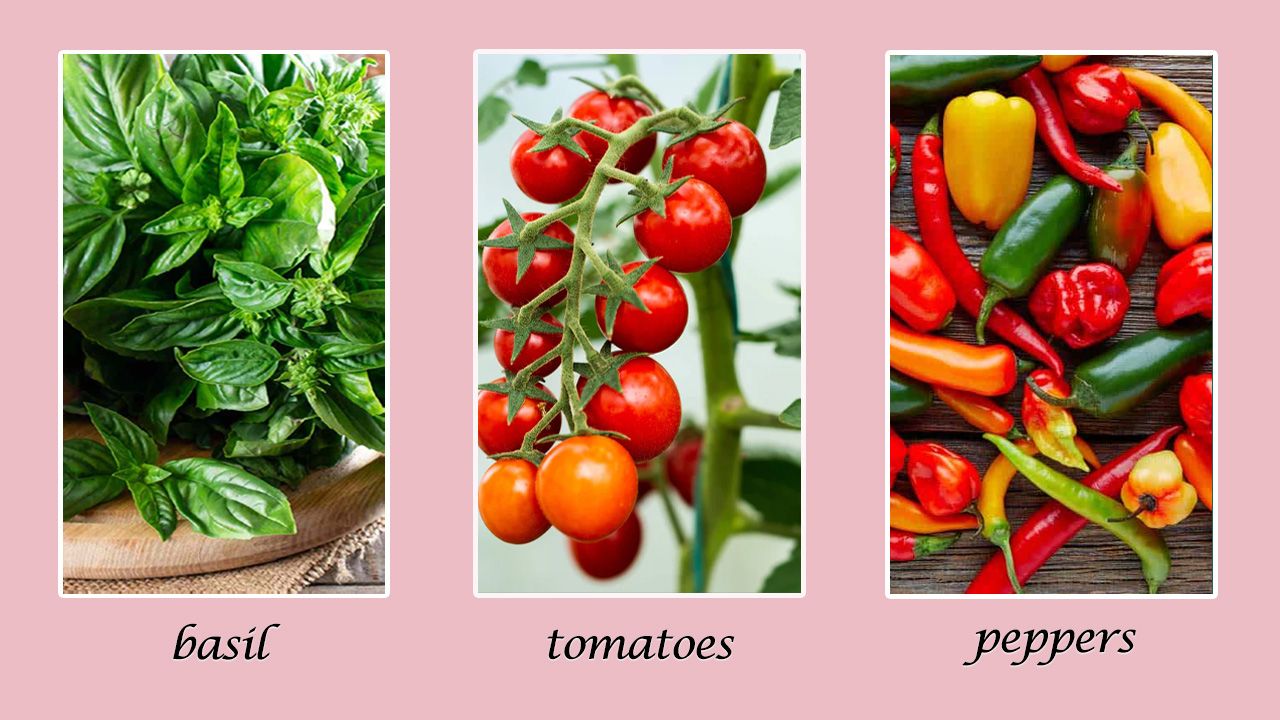
What to Plant in February
Sure, February is ending, and some areas are still too cold to be thinking about sowing. Well, if you live in warmer locations, you can start sowing vegetable seeds directly outdoors in zones 9, 10, and 11. For cooler areas where the estimated last frost dates are between March and April (zones 5, 6, 7, and 8), you can start tomatoes and peppers indoors right now. For cold areas where the last frost dates are toward May or the beginning of June (zones 1, 2, 3, and 4), you can enjoy a few cool-weather vegetables, such as broccoli directly sown out in the garden.
Vegetables to Grow in February
- Leeks
- Peas
- Kale
- Eggplant
- Broad beans
- Broccoli
- Basil
- Thyme
- Lettuce
- Onions
- Peppers
- Tomatoes
- Radish
- Swiss Chard
- Bak Choy
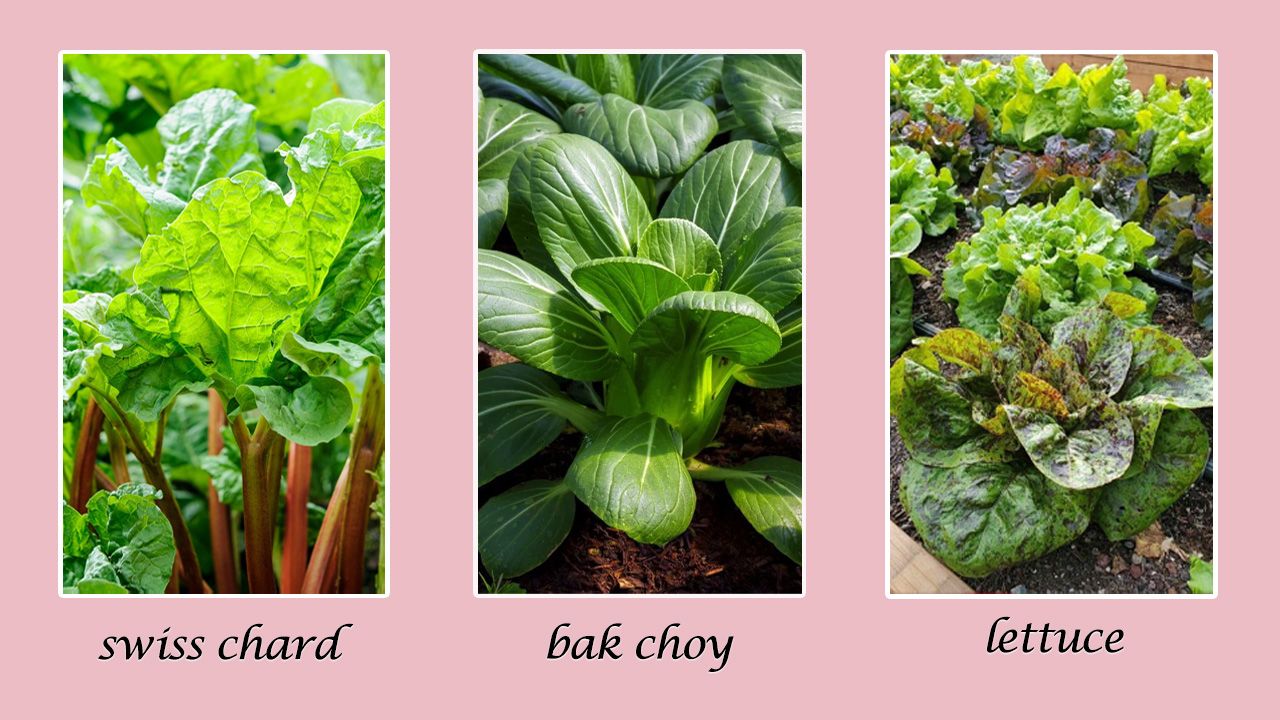
Fruits to Grow in February
- Raspberries
- Strawberries
- Rhubarb
- Blackcurrants
- Apples
Flowers to Grow in February
- Sweet peas
- Cosmos
- Gladiolus
- Pansy
- Poppies
- Geranium
- Begonia
- Lilies
- Zinnias
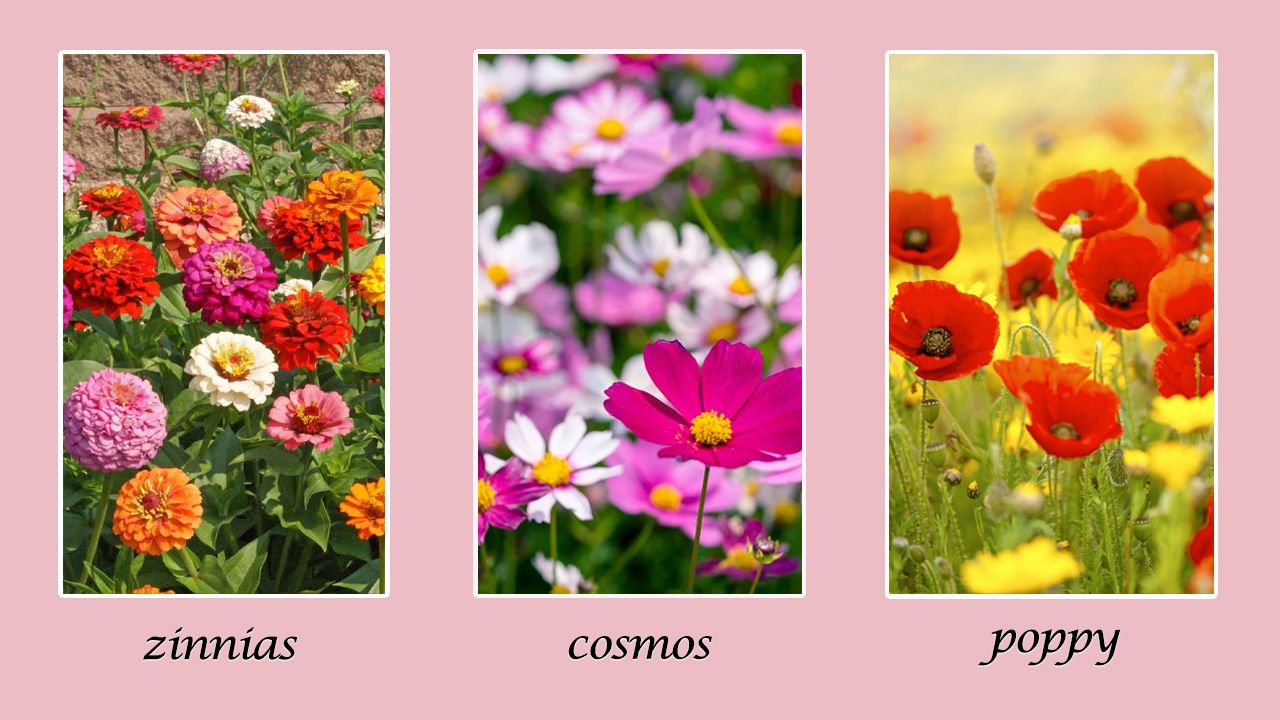
What I Bought for My February Garden
I usually get my seeds and equipment from local stores, but whenever I cannot, Amazon is the second-best option. This year, I sourced some of the seeds from local gardening shops and got the rest from online retailers. It saves me a trip to the market, and I can tend to my garden in the meantime.
Note: You don’t necessarily need all of this or anything from online stores. You can skip equipment and buy seeds locally. But I would recommend investing in the grow lights as they will help your seeds sprout even when the weather is still cold, so you can enjoy bigger harvests and longer seasons for years to come.
Also Read: Raised Garden Beds – Transforming Your Outdoor Space With Easy and Flexible Growing
Equipment:
- 3-foot-long Balcony Fabric Raised Bed – $20
- 5-Gallon Planters Pack of 5 – $15
- Grow Light (2 feet, 10W) – $40
Seeds:
- Leafy Greens Package – $10
- Assorted Organic Vegetable Seeds – $10
- Sugar Snap Peas – $5
- Organic Bean Seeds Assorted – $9
- Organic Herb Seeds Assorted Pack of 10 – $10
- Organic Tomato Seeds Pack of 10 – $14 and this one $10
- Organic Hot Peppers Pack of 10 Varieties – $10
- Eggplant Assorted Pack of 4 – $10
So this is what I plant in February. Half of the seeds are already sown. I will be sowing pepper and eggplants this weekend. Let me know when you start your seeds and how that affects your harvest. Until next time, folks. Happy gardening.
Follow Homecrux on Google News!
